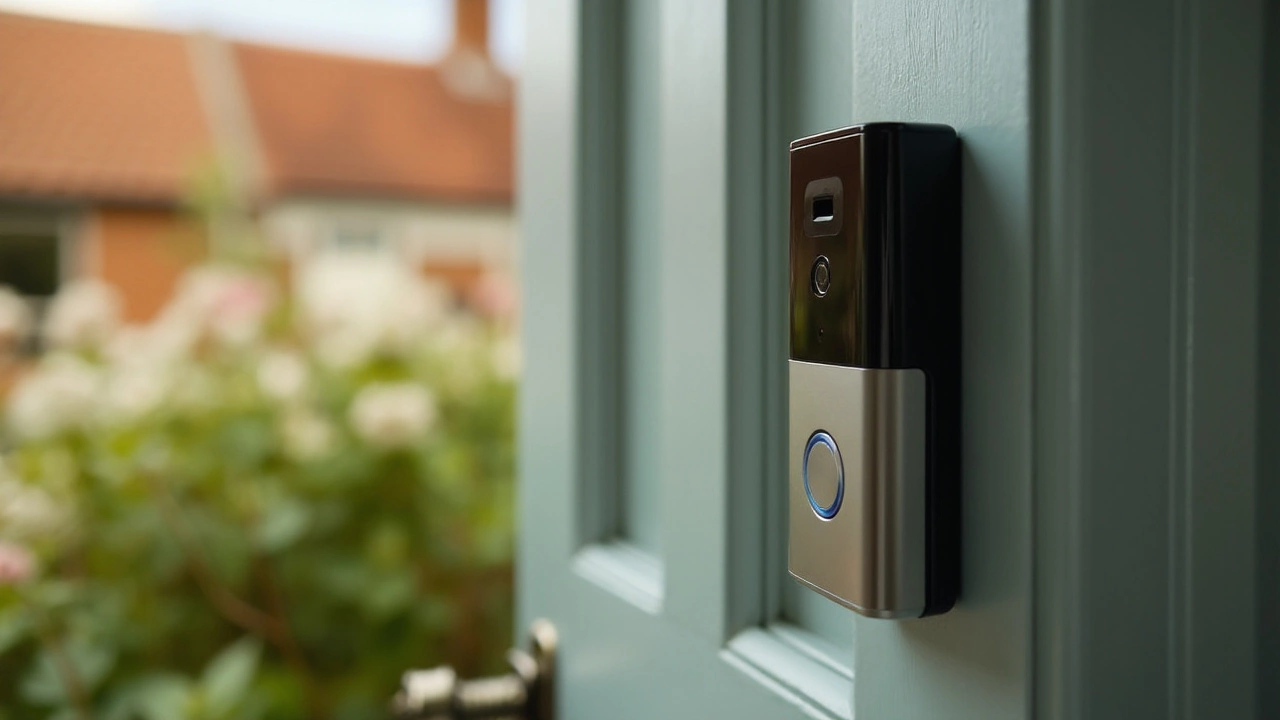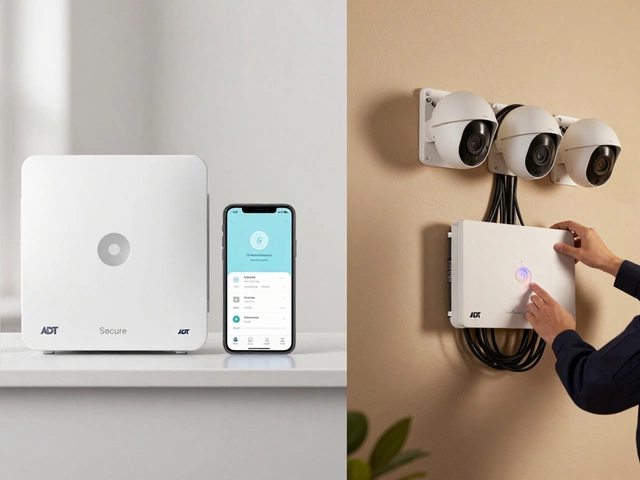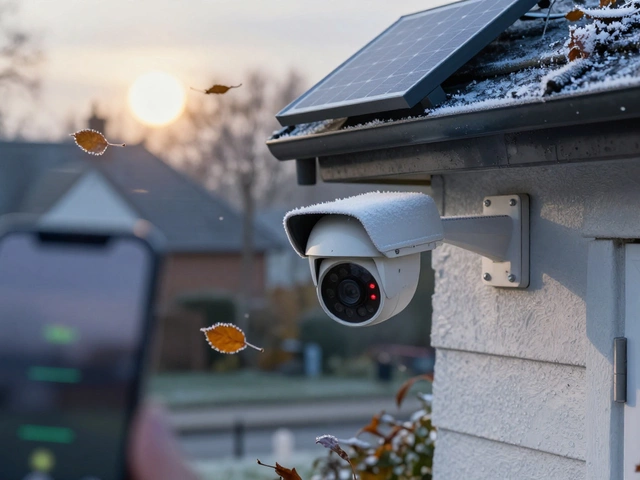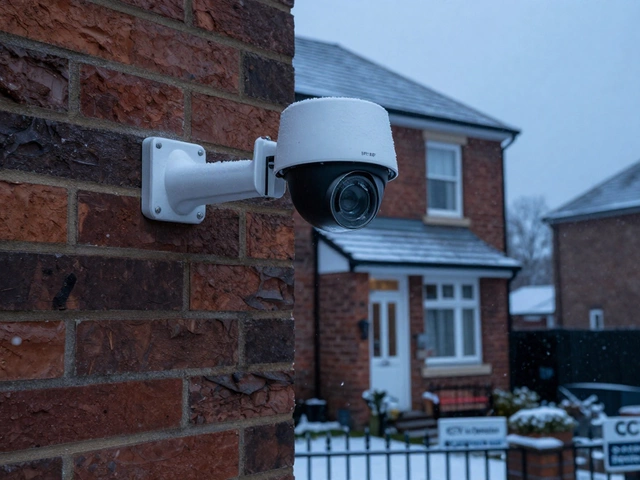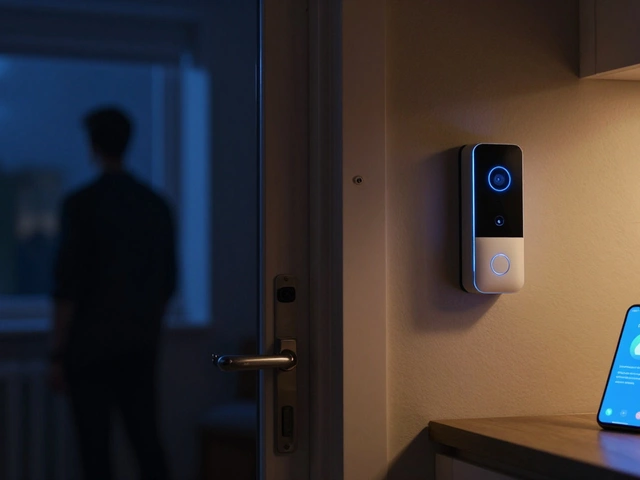Smart Home Devices – What to Pick, How to Install, and How to Keep Them Safe
Smart gadgets are everywhere now, from bulbs you can dim with your phone to doorbells that stream video. It feels exciting, but the sheer number of options can leave anyone scratching their head. This guide cuts through the noise, giving you clear steps to choose the right gear, install it right, and keep it secure.
First, sort devices into four buckets: lighting, climate control, security, and voice‑driven assistants. Smart bulbs and switches let you set moods without pulling a chain. Thermostats learn your schedule and cut the heating bill. Cameras, motion sensors, and video doorbells watch over doors and yards. Finally, speakers or displays with Alexa, Google or Siri become the control hub for everything else.
When you start shopping, ask three simple questions: Does it work with my current hub or router? Will it need a hardwired power source or can it run on a battery? And does the brand promise regular firmware updates? A device that talks to Zigbee, Z‑Wave or Wi‑Fi will fit most setups, while battery‑run units avoid messy wiring but need periodic swaps.
Wired vs battery is a classic dilemma, especially for doorbells and outdoor sensors. Hardwired models give constant power and usually louder chimes, but you’ll need a transformer and may have to drill a hole. Battery models are quick to mount and move, yet you’ll check them every few months. For most homes, a mix works best: wired entry points for reliability and battery‑powered cameras for flexibility.
Installation basics are easier than you think. Start with a strong Wi‑Fi signal – place the router centrally or use a mesh node near the device. For plugs and bulbs, just screw or plug in and follow the app’s pairing steps. Sensors need a clear line of sight to the area they cover; mount them about 6‑8 feet high for optimal motion detection. Always test the device after placement – a quick app check tells you if it’s online and responding.
Top Smart Home Devices for 2025
Looking for proven winners? In 2025, the Philips Hue White & Colour Ambiance line leads lighting with easy app control and voice‑assistant support. The Nest Thermostat remains a favorite for energy savings, thanks to its learning algorithm. For security, the Ring Video Doorbell 3 offers both wired and battery options, while Arlo Pro 4 cameras combine 2K video with a robust battery life. On the voice side, the Amazon Echo Show 8 gives you a screen to view camera feeds and control all other devices.
Keep Your Smart Home Secure
Security isn’t just about cameras. Change every default password the moment you power up a new gadget – use a unique, long passphrase. Turn on two‑factor authentication where the app offers it; it stops hackers even if they snag your password. Schedule firmware updates weekly; most manufacturers push fixes automatically, but a quick check in the app ensures you’re not left exposed. Finally, separate your smart devices onto a guest Wi‑Fi network. That way, if a smart plug gets breached, your main computer and phone stay on a different subnet.
Regular maintenance saves headaches. Replace batteries in doorbells and sensors before they dip below 20 % to avoid missed alerts. Run a monthly test of motion sensors by walking past them – the app should register activity. If you partner with Birmingham Security Command Center, you can link cameras and alarms to a professional monitoring service, adding an extra layer of response when you’re away.
With the right choices, smart home devices become invisible helpers that make daily life smoother and safer. Follow the checklist above, stay on top of updates, and enjoy the convenience without worrying about a security slip‑up. Your home will thank you.

